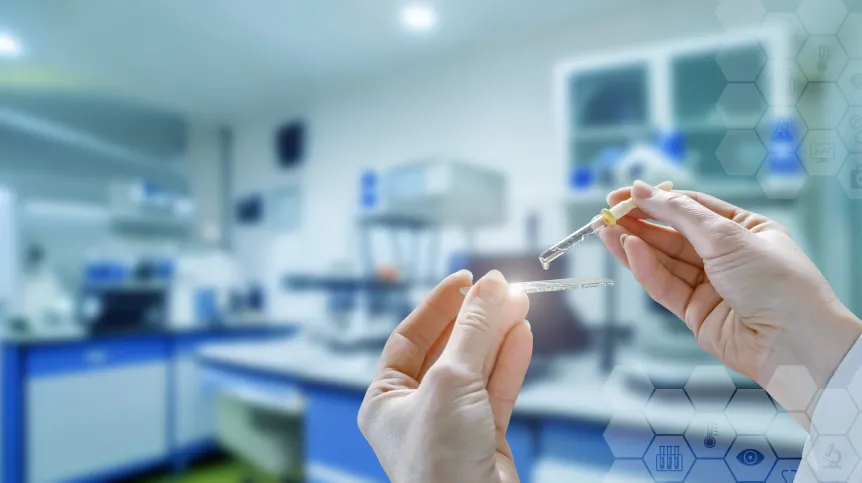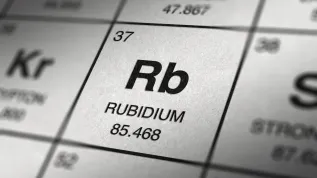
Nanoparticles that continue to glow in infrared light after the light source is turned off could improve drug tracking in the body, physicists from Wrocław report.
According to researchers at the Institute of Low Temperature and Structural Research, the signal remains readable even in the presence of blood proteins, and that a carefully chosen surface coating allows for safer tracking of drug pathways.
Bioimaging, which captures images of cells and tissues in laboratory and preclinical studies, is used to monitor drug delivery, cell behavior, and inflammation.
Most imaging relies on luminescent “labels” attached to particles or cells.
Two main challenges limit this approach: tissues themselves emit faint light (autofluorescence), and light scattering reduces image contrast. Ideally, a label would provide a strong, predictable signal, even when in contact with blood proteins, which are the first to interact with injected nanoparticles.
The Wrocław team studied persistent luminescence (PersL) in zinc gallate nanoparticles doped with chromium (ZnGa2O4:Cr3+). PersL works like a fluorescent sticker that continues to glow after the backlight is removed.
The particles are first “charged” with light, and the signal can then be recorded in darkness, minimizing background interference. Infrared emission, around 700–950 nanometers, passes more easily through tissue, making these particles particularly promising.
The nanoparticles can also be re-excited with weak light, extending their usable signal.
The Wrocław researchers, working with teams from France and Belgium, tested how these nanoparticles behave in contact with albumin, the most common blood protein.
They prepared three types: as-synthesized, fired at 650°C for a more ordered structure, and coated with oleic acid for a negative charge and better dispersion in water. All measured roughly 10–20 nanometers in diameter, and under a microscope, coated particles showed a visible “halo” of luminescence.
When illuminated with violet light (405 nm), the particles emitted the typical chromium wavelengths of 685, 694, and 707 nm. Firing the material produced sharper peaks, improving signal clarity. The glow persisted even after mixing with albumin, enabling high-contrast imaging.
The protein itself did not significantly alter the luminescence, with average glow times changing only slightly, from 6.05 to 6.35 nanoseconds.
Raman spectroscopy was used to assess protein structure, focusing on alpha helices—ordered spirals in albumin. Firing slightly increased these helices, suggesting mild stabilization, while the oleic acid coating decreased them, indicating partial unfolding.
According to the researchers, this demonstrates that surface chemistry - coating type and charge - determines how nanoparticles interact with proteins.
In practice, fired nanoparticles tended to aggregate in the protein mixture, making it cloudy, while coated particles formed a stable suspension but altered protein structure more strongly.
Researchers noted this as a typical compromise between water stability and protein compatibility.
The study, published in the Journal of Molecular Structure (doi: 10.1016/j.molstruc.2025.144081), is still at the pre-implementation stage. Experiments so far have used pure water and model proteins under laboratory conditions.
The researchers say the next steps will involve testing with other serum proteins, monitoring the natural “protein corona” around particles, and studying behavior in more complex biological systems.
Potential applications include clearer diagnostic images with less background glow, shorter exposure times, more accurate tracking of drug carriers, and eventually improved treatment planning and faster detection of disease lesions. (PAP)
PAP - Science in Poland
tr. RL
kmp/ zan/













